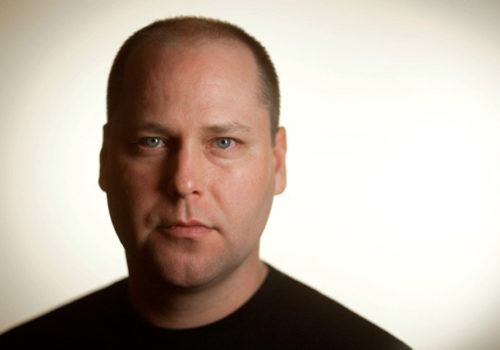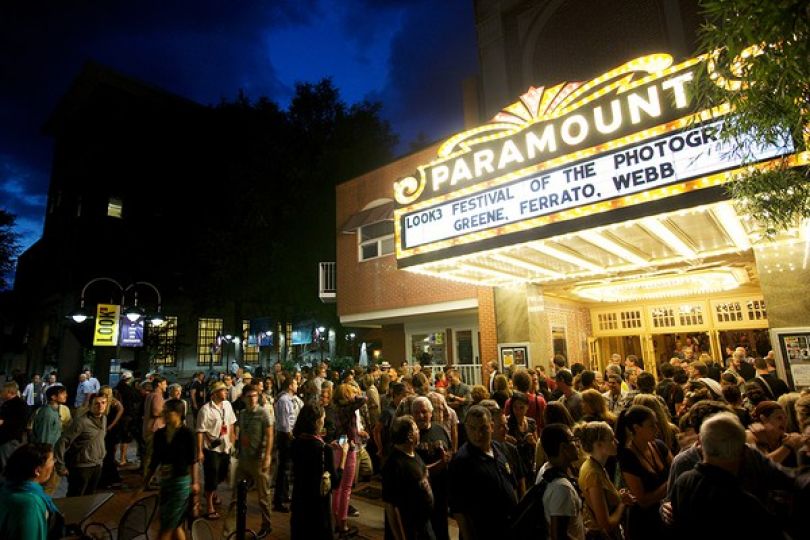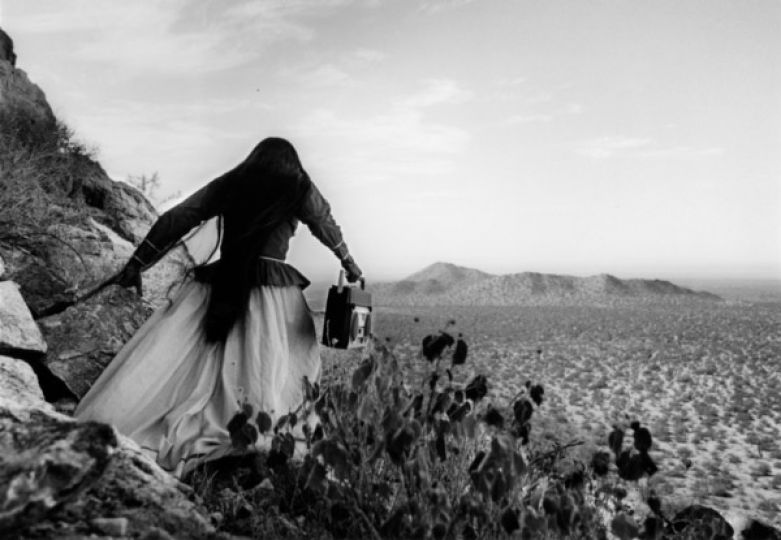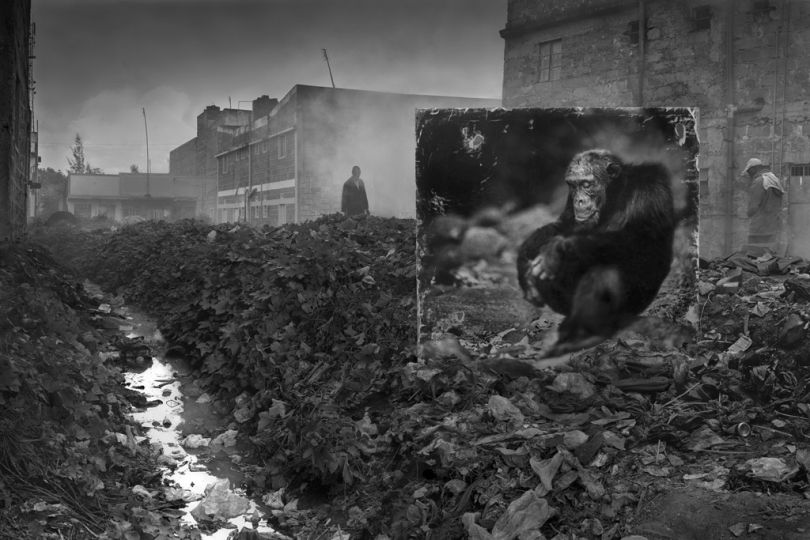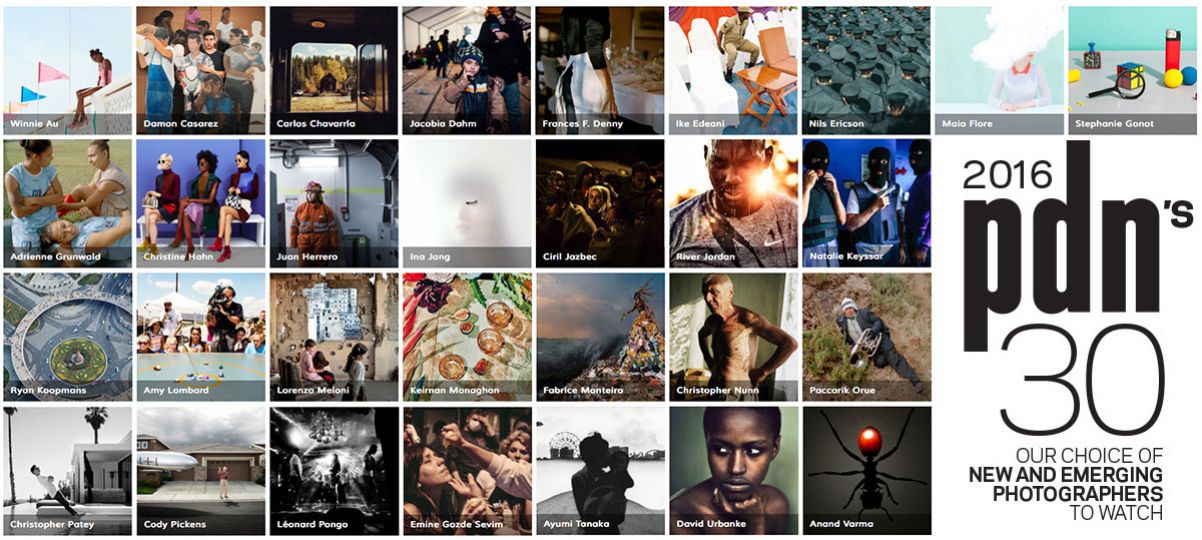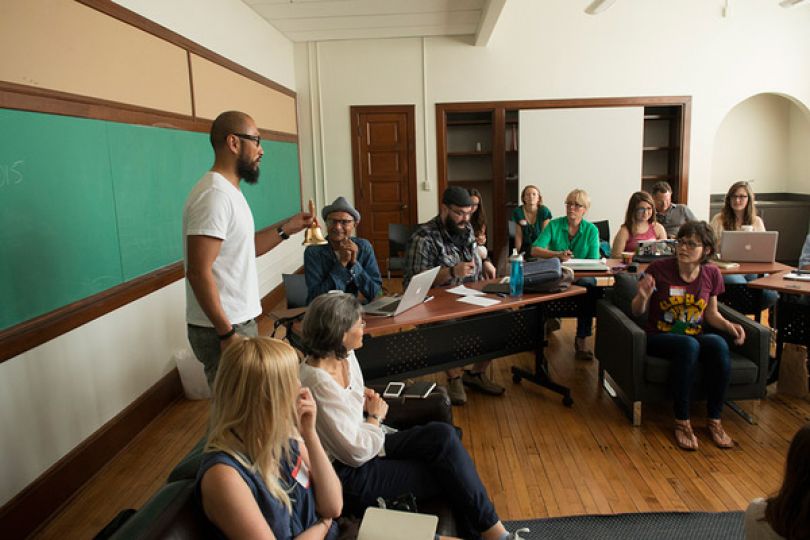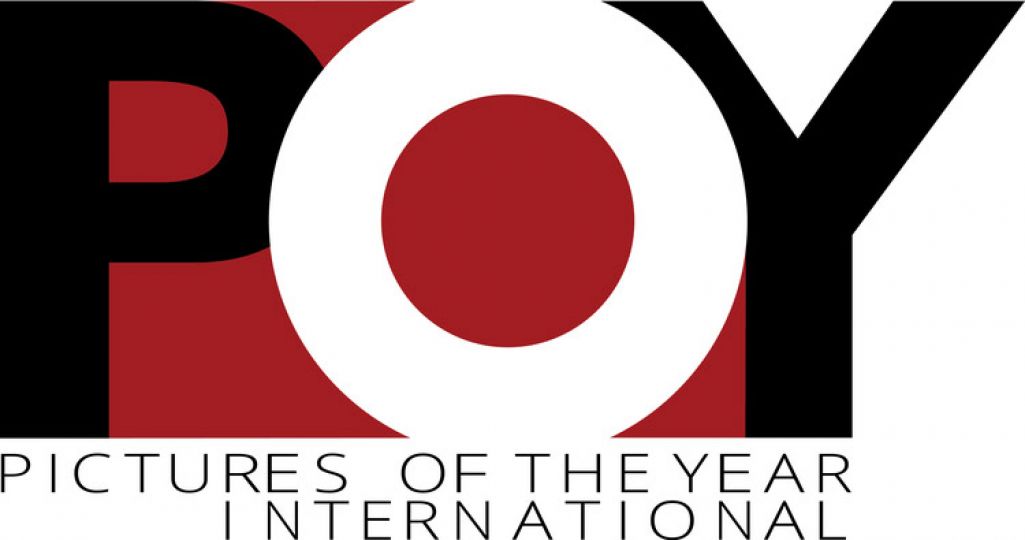Now in their 11th year, MediaStorm the award winning film production and design studio led by Founder and Executive Producer Brian Storm, continues to deliver compelling, well-crafted digital storytelling. Innovators, leaders and ambassadors in the industry, Brian and his team have consistently proven that great stories well-told have the power to engage and inspire audiences, no matter how challenging or difficult the story may be.
Passionate about all aspects of digital journalism and filmmaking, MediaStorm has consistently refined its workflow, tech and delivery platforms, innovating every step of the way. Lucky for us, Brian is equally committed to sharing that knowledge, enriching the industry and empowering the next generation of storytellers through MediaStorm’s training and workshops.
At LOOK3, Brian will share MediaStorm’s approach to storytelling during the Day One Educational Seminar.
Barbara Griffin: Today, the buzzword is storytelling. Everyone is a storyteller. What does it really mean; is it becoming cliché or overused at this point?
Brian Storm: I try not to get too caught up in the jargon honestly, but I’m glad the word storytelling is hot right now since that really is what it’s all about.
BG: We now live in a world where everyone has a camera and can take a picture or make a video. How does that impact the professional visual storyteller?
BS: I actually think this is a great thing because everyone is actively participating in the process. That means they have a better understanding of just how hard it is to create something compelling that is worth your time.
BG: It seems that today’s internet and media landscape run on video. What are the inherent opportunities presented for great storytelling through video and what is the role of the still photograph?
BS: Video is a powerful format for sure. We are deeply invested in the concept of a video file as our end product because everyone understands the play button (as opposed to complex interactive interfaces). Updating a video file to the latest technology or platform is simple (as opposed to rewriting code). Video works online, in broadcast, and at festivals
Still photography remains a powerful storytelling approach. I don’t think that will ever disappear, honestly. Integrating still pictures into the video format has always been a staple of our work. A good example is “Travel Anonymous” by Jeff Hutchens: http://mediastorm.com/publication/travel-anonymous
BG: What’s the first piece of advice you’d give to the photographer with a great idea for a project but no idea how to get started?
BS:Start!
Seriously, dive in, that’s the only way.
BG: As someone who has participated in the comprehensive MediaStorm Methodology workshop, I was impressed by the processes you’ve developed to streamline and organize your projects. How important is a strong workflow to the beginning and established filmmaker?
BS: I think it’s a critical aspect. Usually the difference between a B and B+ film is that last mile, trying to find a piece of narrative or that perfect shot to make a concept really land. Finding that material quickly is a big part of the challenge. If you know you have the right image, but it’s called “untitled something” you simply won’t be able to find it easily and are not likely to spend the time digging to elevate your film. We have worked really hard to codify this process and offer a detailed documentation of our post-production workflow with an eye toward creativity and efficiency: http://mediastorm.com/train
BG: How quickly is the technology (cameras, audio, video, editing, etc.) changing and what is the best way for photographers to get and stay up to speed?
BS: So fast. Impossible to stay current really. I think the key is to use the gear you have and focus on the story. The tools don’t make the film, and the audience doesn’t care what camera you shot on, they care if the story moves them, educates them or calls them to action.
BG: Great stories need audiences; what are some of the best ways for photographers to approach getting work funded and shown?
BS: I’m pretty blown away by how photographers are building massive audiences in social media and creating a direct relationship with their audience. I think this is actually the most important development of the past few years. As for grants, the key is to do great work and there are several fantastic opportunities in place to fund important projects. A short list would include:
The W. Eugene Smith Grant: http://smithfund.org
The Alexia Foundation: http://www.alexiafoundation.org
The Getty Images Grant: http://grants.gettyimages.com
The Pulitzer Center on Crisis Reporting: http://pulitzercenter.org/grants
The Aftermath Project: http://theaftermathproject.org
The Tim Hetherington Grant: http://www.worldpressphoto.org/academy/tim-hetherington-grant
BG: What can we look forward to on Saturday, June 18th when MediaStorm presents the Evening Projection at the outdoor IX Park?
BS: We are planning a very diverse lineup that celebrates visual storytelling in video. We are still deep in the curation process, but have found some really cool things to share that night and I am excited to see how people react. There is so much great work being done right now so buy your tickets at http://www.look3.org.
©2016 South x Southeast Photomagazine, sxsemagazine.com
FESTIVAL
LOOK3
Wednesday, June 15 from 10:00-10:45am
Jefferson School African American Heritage Center
233 4th Street, NW
LOOK3’s Saturday Evening Projections will be curated by the MediaStorm team featuring compelling multimedia pieces created by photographers and filmmakers.
Saturday, June 18 at 9:00pm
The IX Art Park,
522 2nd Street, SE.
http://look3.org
BIO
Brian Storm is founder and executive producer of the award-winning multimedia production studio MediaStorm based in Brooklyn, New York.
MediaStorm’s principal aim is to usher in the next generation of multimedia storytelling by publishing social documentary projects incorporating photojournalism, interactivity, animation, audio and video for distribution across multiple media.
Prior to launching MediaStorm in 2005, Storm spent two years as Vice President of News, Multimedia & Assignment Services for Corbis, a digital media agency founded and owned by Bill Gates. From 1995 to 2002 he was director of multimedia at MSNBC.com.
Storm received his master’s degree in photojournalism in 1995 from the University of Missouri. He lives in New York City and can be reached via HYPERLINK “mailto:”[email protected].
LINKS
Instagram mediastorm
twitter @BrianStorm

